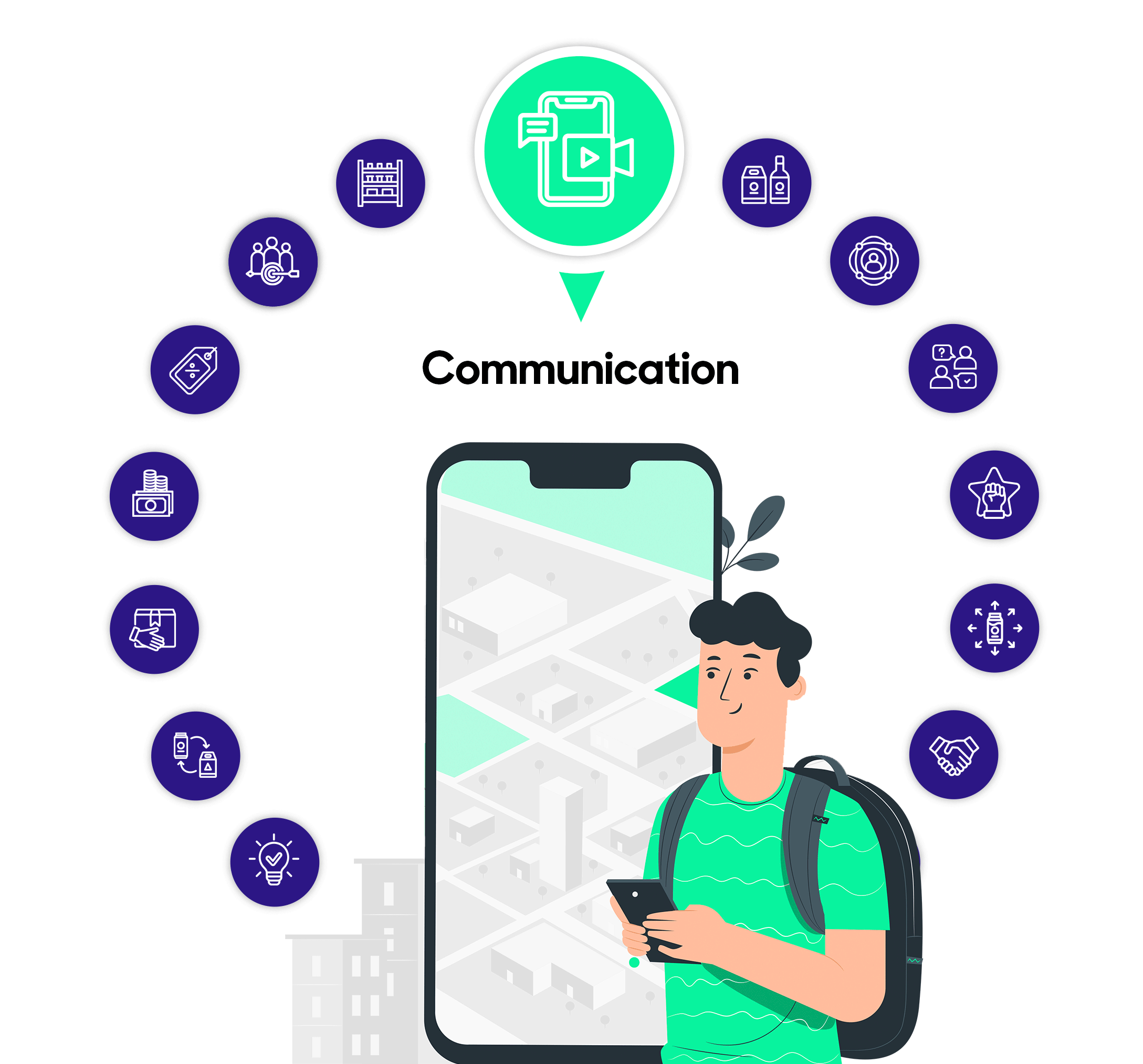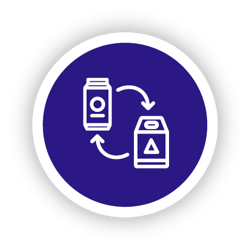
From our extensive work and experience in Brand Management, we have identified 14 key areas of marketing. We call these the 14 Marketing Levers, as when you pull the right Lever at the right time, your brand is guaranteed to grow.
These Levers range from everyday activations like partnerships, proposition building and communication strategies. And within each of these Levers, there are plenty of individual actions brands can take to meet their objectives.
Our AI helps marketers to determine exactly which of these actions is right for their brand - based on their data and their goal.
Dive deeper into the 14 Levers below.



Partnerships are a great way to build relationships and grow your brand. A strong network of partners can help you broaden your reach to people both inside and outside of your core target group.

Whether you want to build a value for money offering, introduce a tiered strategy or elevate your brand as a premium, luxury entity.

Promoting your brand is an important part of increasing your appeal and reaching more people. Promotions serve to broaden your target audience by lowering the barriers to consumption and increasing engagement.

A key part of your brand’s identity and functions as a vehicle in communicating your brand’s key messaging. Your brand should ensure that the packaging used aligns with its personality while still portraying a sense of value and demonstrating key benefits.

Communication is all about how you position the benefits of your brand, what channels you use to reach people and your brand’s overall personality.

How people interact with your brand from start to finish. It is important in building relationships with them. Your brand should aim to create a customer experience that is enjoyable and consistent.

Understanding your target audience and resonating with them is important in positioning your brand. This involves honing in on the people that appreciate your brand and meeting their core needs.

Brands need to consider how their product is meeting consumer’s current and future needs in a unique way that helps them stand out.

This is the purpose of your brand and the promise it makes to customers. It is meant to articulate the value that your brand offers to people and should be clear and concise. This allows people to understand why the brand exists.

For many brands, how the product is received is critical in how people experience it, how it delivers on the brand promise and how it different it is from other brands

People need to be able to easily get their hands on your brand and ensure that the brand is where your target audience is when they want it, it may include relationships with retailers and customers that reinforce your brand’s values, personality and accessibility.

How the brand presents itself plays a huge role in its sucess.It should be eye-catching and well displayed to ensure people notice the brand as well as key messages.

This is all about ensuring customers achieve their desired outcomes while using your product or service. It includes having the right systems in place to attract and retain customers.

The face of the brand – it means optimising all business touchpoints to ensure efficient and seamless service from beginning to end.

Our platform will tell you.
© 2020-2023 ProQuo AI International
All rights reservedWebsite by Blend